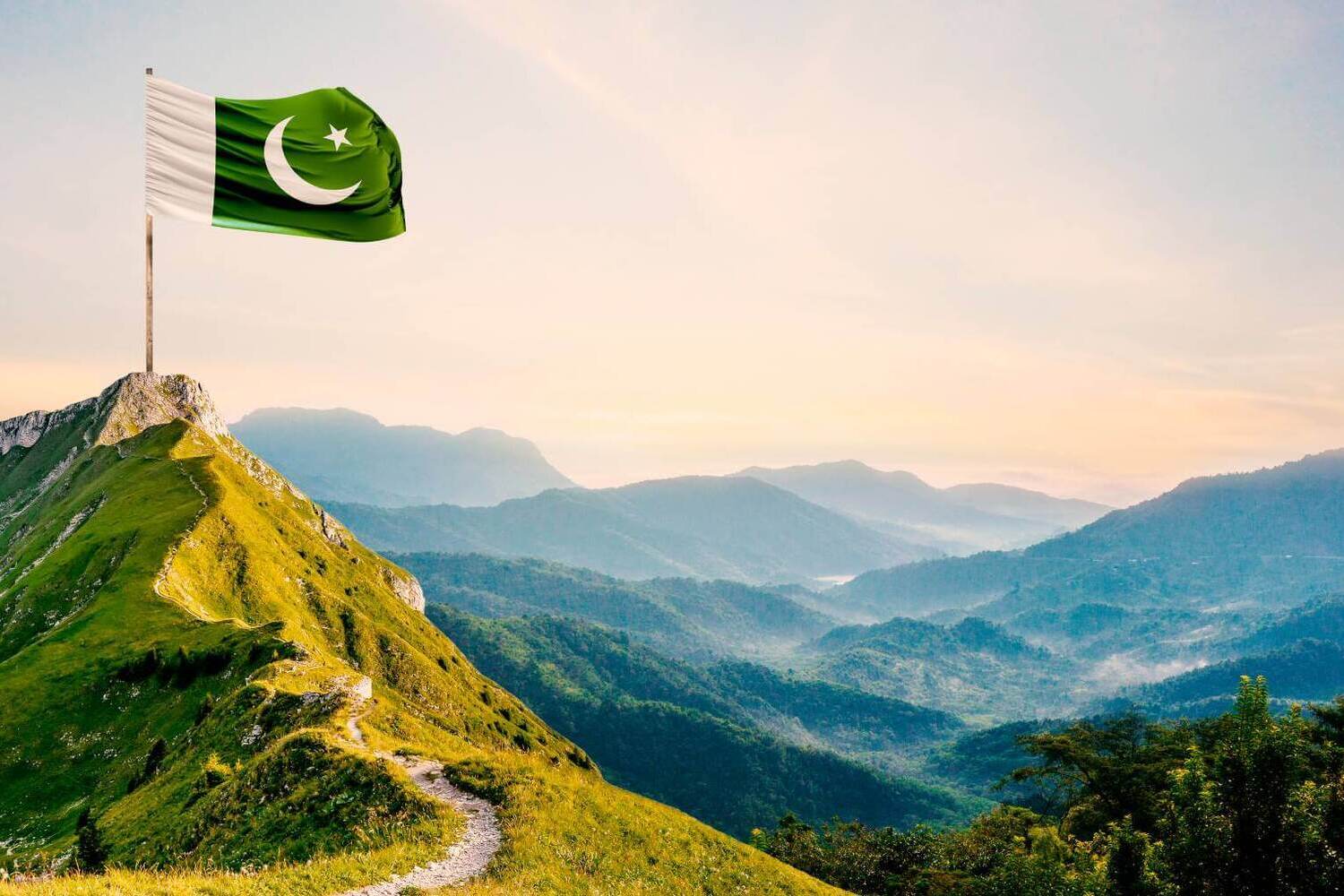Pakistan is a country with a rich history, deep-rooted cultural traditions, and a unique geographical location. Although it often remains overshadowed by more popular tourist destinations, Pakistan has much to offer even the most experienced travelers. It is a land where ancient civilizations meet the modern world, and natural beauty blends seamlessly with vibrant heritage. You might not know that this country holds surprising records, distinct customs, and discoveries that have influenced the world. Here is a collection of interesting and lesser-known facts about Pakistan.
- Pakistan is home to one of the world’s oldest civilizations — the Indus Valley Civilization. It flourished over 4000 years ago in what is now Sindh and Punjab. Cities like Mohenjo-Daro and Harappa are famous for their urban planning, drainage systems, and advanced architecture.
- The name Pakistan is derived from the initials of five regions: Punjab, Afghania, Kashmir, Sindh, and Baluchistan. It also means land of the pure in Persian. The term was first used in 1933 as part of the vision for a Muslim state in South Asia.
- Pakistan has the second-largest Muslim population in the world after Indonesia. The majority are Sunni Muslims, but there are also significant communities of Shia Muslims, Christians, Hindus, and Sikhs. Religion plays a vital role in the country’s social and political life.
- The second-highest mountain in the world, K2 or Chogori, is located in northern Pakistan. It stands at 8611 meters and is considered one of the most challenging peaks to climb. Despite the difficulty, it attracts climbers from around the globe.
- The Thar Desert, one of the largest in Asia, lies partly in Pakistan and partly in India. It supports a unique ecosystem with rare plant and animal species, as well as nomadic tribes who preserve their traditional way of life. It is one of the few densely populated deserts in the world.
- Pakistan has one of the largest irrigation systems in the world. The Indus Basin Irrigation System provides water to millions of hectares of agricultural land. This allows Pakistan to be a leading producer of wheat, rice, and cotton.
- Karachi is one of the world’s largest cities, with a population of over 20 million. It serves as Pakistan’s economic hub and major seaport. The city features a blend of modern skyscrapers and traditional marketplaces.
- Pakistan has a very young population, with more than 60 percent of citizens under the age of 30. This presents enormous potential for growth, but also requires significant investment in education and infrastructure. The youth are increasingly engaged in digital innovation and technology.
- Urdu is the national language of Pakistan, but the most widely spoken language is Punjabi, used by over 40 percent of the population. More than 70 languages are officially recognized in the country. This reflects Pakistan’s vast ethnic and linguistic diversity.
- Pakistani cuisine is known for its rich flavors and use of spices. Popular ingredients include rice, meat, lentils, yogurt, and various seasonings. Signature dishes include biryani, nihari, curry, and fried snacks such as samosas and pakoras.
- One of the largest silk markets in Asia is Anarkali Bazaar in Peshawar. Here, visitors can find handwoven textiles, carpets, jewelry, and traditional crafts. Many of these skills have been passed down through generations.
- Malala Yousafzai, the youngest Nobel Peace Prize laureate, was born in Pakistan. She became a global symbol of the fight for girls’ education after surviving an attack by the Taliban. Her activism has inspired millions around the world.
- Lahore is not only a historic city but also a cultural center of poetry, music, and film. It is home to one of South Asia’s largest mosques, the Badshahi Mosque, built in the 17th century. Lahore is often referred to as the cultural capital of Pakistan.
- Pakistan’s tech and startup sectors are rapidly growing. Cities like Islamabad and Lahore are seeing booms in fintech, online education, and freelance platforms. A young workforce and affordable labor costs contribute to the country’s digital expansion.
- The Hunza Valley, located in the Himalayas, is one of Pakistan’s most scenic natural regions. It is known for its glaciers, crystal-clear air, and warm hospitality. The local population is famous for their longevity and healthy lifestyle.
These incredible and fascinating facts about Pakistan reveal a country full of surprises and contrasts. It combines ancient heritage, modern innovation, and cultural depth. Pakistan deserves more recognition as a destination for tourism, learning, and exploration. The more we learn about it, the more we appreciate its true uniqueness.





